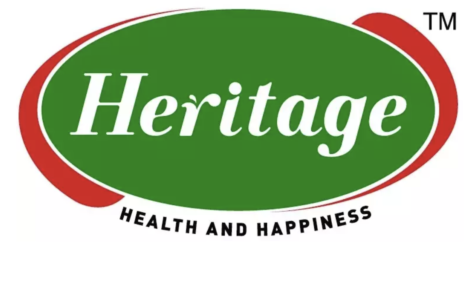



Genetic Phenomenon Discovered in Witrik Cattle
NETHERLANDS - DNA fragments can move from one chromosome to another as a circular strand. Scientists at the University of Liege discovered this phenomenon in Dutch Witrik cattle and in the colour-sided (or lineback) cattle from various countries. Prior to this discovery, this phenomenon had not been identified previously in mammals. These research results were published in early February in the scientific journal Nature.Witrik cattle are characterised by a white stripe on the back, which is a pattern that occurs in various breeds of cattle. Within the original Dutch-Friesian (Fries-Hollands) and Meuse Rhine Yssel (MRIJ) breeds, this pattern has been preserved by a small number of breeders. In addition to occurring in the Netherlands, the Witrik colour pattern also occurs in Belgium in Belgian Blue (Belgisch Witblauw) cattle and in Switzerland in Brown Swiss (Braunvieh) cattle.
Scientists from various countries, including the Netherlands Wageningen University, collected DNA from Witrik cattle. In close collaboration with the Dutch Rare Breeds Foundation (Stichting Zeldzame Huisdierrassen) at the Centre for Genetic Resources, which is part of Wageningen UR, Dutch researchers collected DNA from a family of Witrik cattle belonging to the Dutch breeding farm Van der Veen.
Scientists from the Unit of Animal Genomics, headed by Michel Georges at the University of Liege, discovered that a piece of chromosome 6 formed a circle and then translocated to chromosome 29. Before the fragment integrated into chromosome 29, it broke open in another part of the circle.
When this circle is present on either of the two copies of chromosome 29, the Belgische Blauwe (Belgian White-Blue) and Dutch spotted cattle develop the Witrik pattern. If the circle is integrated into both copies of chromosome 29 at the Witrik allele, the animal is nearly completely white.
It was previously assumed that the Witrik pattern in cattle was the result of the effect of a gene in chromosome 6. It was assume that when one parent contributes the spotted allele and the other parent contributes the Witrik allele, the resulting heterozygous offspring would exhibit the Witrik pattern.
This discovery might not lead to major changes in breeding Witrik cattle, but finding that pieces of DNA move from one chromosome to another is an inspiration to scientists who study the genomes of people and animals. It will be interesting to determine whether this phenomenon occurs in other mammals as well and whether it might lead to genetic diseases. This research also emphasises the value of carefully preserving original breeds and colour patterns.
TheCattleSite News Desk


